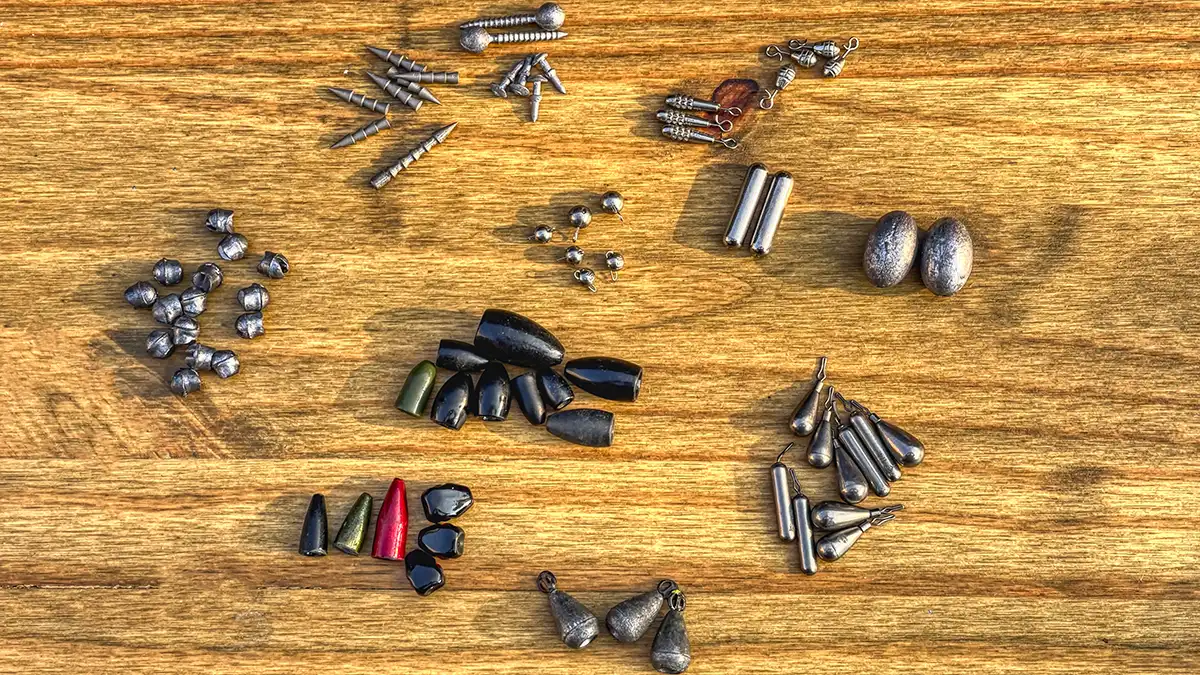Spinnerbaits are a popular choice for targeting trout, known for their flash and vibration that mimics small fish or aquatic insects. But when should you add weights to these lures to enhance their effectiveness? Understanding when and how to weight your spinnerbaits can make a significant difference in your trout fishing success. Let’s dive into the details.
Understanding the Basics of Spinnerbait Fishing
Spinnerbaits work by creating both visual and vibratory signals that attract trout. They’re particularly effective in streams and rivers where trout are actively feeding on smaller prey. Adding weight to a spinnerbait can help you reach deeper water, increase casting distance, and maintain control in faster currents.
When to Add Weight to Spinnerbaits
- Fishing in Deep Water: If you’re targeting trout in deeper pools or lakes, adding weight to your spinnerbait can help you get down to where the fish are holding. Trout often stay in deeper, cooler water during warmer months or in bright sunlight, so getting your lure to the right depth is crucial.
- Fast-Moving Currents: In rivers and streams with fast-moving water, unweighted spinnerbaits may struggle to stay down in the strike zone. Adding weight helps the lure cut through the current and stay submerged, allowing for a more natural presentation.
- Windy Conditions: Wind can make casting lighter spinnerbaits challenging. By adding weight, you can improve casting distance and accuracy, even in breezy conditions.
- Long-Distance Casting: Sometimes, trout hold far from shore, and getting your lure to them requires a long cast. Adding weight can help you achieve the necessary distance to reach these fish.

How to Add Weight to Spinnerbaits
- In-Line Weights: Adding an in-line weight above the spinnerbait is a simple and effective method. This keeps the weight centered, helping the lure maintain its natural action. Use a barrel swivel to connect the weight to your line, reducing the chances of line twist.
- Weighted Bodies: Some spinnerbaits come with weighted bodies or heads. These are designed to sink quickly and maintain depth in deeper water. If your spinnerbait isn’t already weighted, you can add split shot or a small bullet weight just above the lure.
- Lead Wraps: Wrapping lead wire around the hook shank or the spinnerbait’s body is another method to add weight. This technique allows for fine-tuning the lure’s weight and can be adjusted as needed.
- Bullet Weights: Bullet weights can be threaded onto your line before attaching the spinnerbait. This setup is particularly useful when fishing in deep or fast water.
Tips for Fishing with Weighted Spinnerbaits
- Adjust Retrieval Speed: With added weight, you’ll need to adjust your retrieval speed to ensure the lure is swimming at the right depth.
- Test Before You Fish: Always test your weighted spinnerbait in shallow water before fishing to ensure it runs true and doesn’t spin out of control.
- Observe Water Conditions: Water clarity and temperature can affect how trout respond to weighted spinnerbaits. In clearer water, use less weight to avoid spooking the fish.
- Use Light Line: Lighter line helps maintain the action of your spinnerbait, even when weight is added.
Knowing when and how to add weight to your spinnerbaits can greatly improve your success when fishing for trout. By considering factors like water depth, current speed, and casting distance, you can adjust your setup to match the conditions and keep your lure in the strike zone. Experiment with different weights and retrieval techniques to find what works best in your local waters, and you’ll be reeling in more trout in no time.
Image: Wired2Fish





